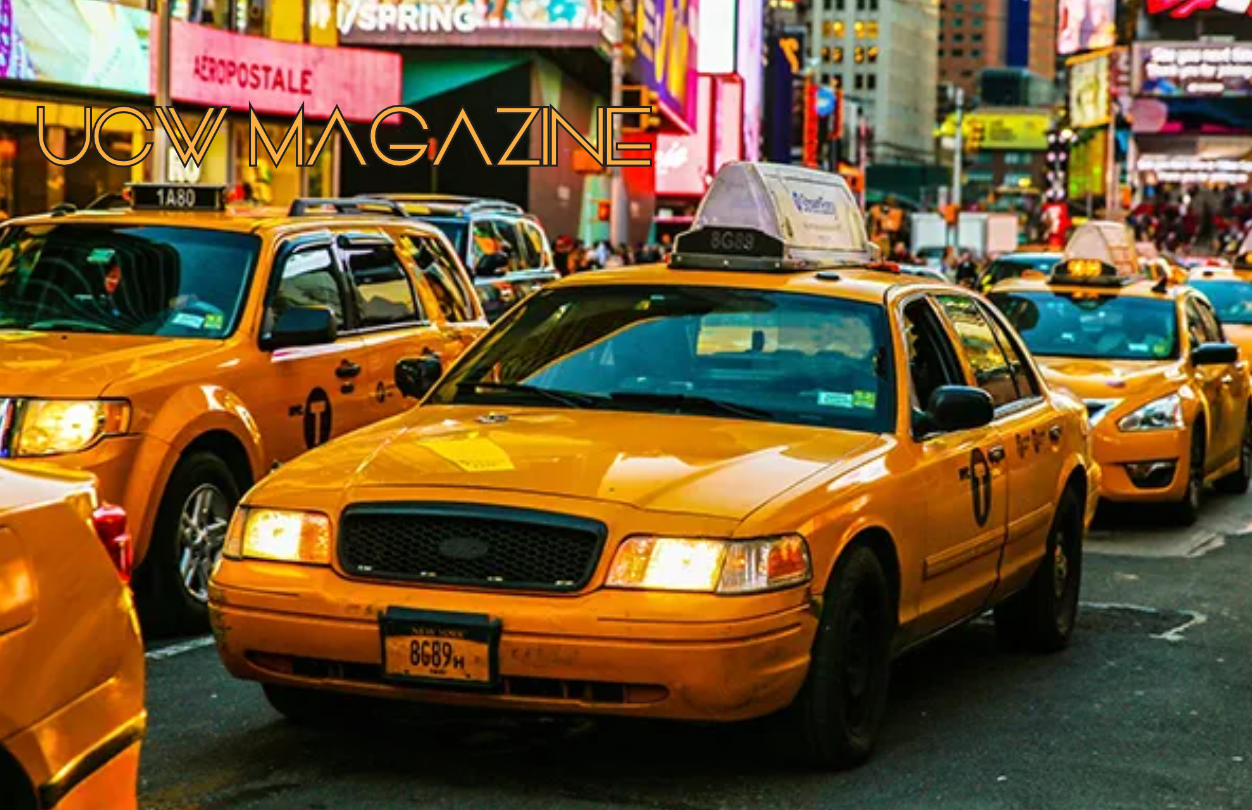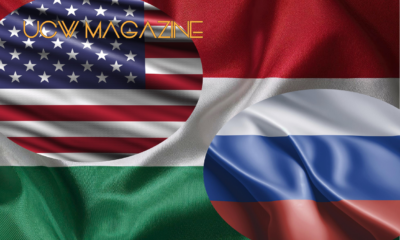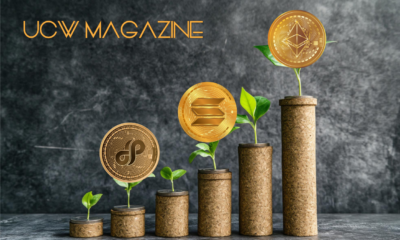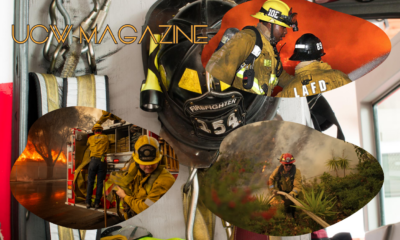Latest Issue
NYC Congestion Pricing is it a Remedy or an Elitist Burden?

As New York City gears up to implement its contentious congestion pricing plan, debates over its fairness and effectiveness are intensifying. Supporters tout it as a long-overdue measure to alleviate gridlock in Manhattan’s central business district while reducing pollution. Critics, however, warn that it could unfairly burden working-class New Yorkers and small businesses, turning the city’s roads into a privilege for the wealthy.
A Toll on the Average New Yorker
Set to debut in a week, the congestion pricing plan will charge drivers entering Manhattan below 60th Street during peak hours. While the Metropolitan Transit Authority (MTA) argues the fees will fund critical improvements to public transportation, the cost, estimated to be between $9 and $23 per trip, could have significant repercussions for ordinary New Yorkers.
For a delivery driver, taxi operator, or small business owner, these fees add up quickly, potentially slashing already thin profit margins. Families relying on cars to navigate the city for school, work, and errands may find themselves forced to choose between paying a steep toll or enduring the increasingly unreliable public transportation system.
The ripple effects of congestion pricing will likely extend far beyond individual drivers. Delivery giants like Amazon, FedEx, and UPS are bracing for increased costs, which will almost certainly be passed on to consumers. Local businesses relying on deliveries could face rising fees, making it harder to compete and maintain their operations in an already challenging economic environment.
Medical transport services, tradespeople, and others who depend on driving to fulfill essential duties could find themselves navigating not just the city’s notorious traffic but also a punitive financial obstacle.
A Policy Favoring the Elite?
One of the most significant criticisms of congestion pricing is its perceived elitism. Wealthier individuals can afford the toll without breaking a sweat, while lower-income residents may be priced out of areas they once accessed freely. This disparity risks creating a city where mobility is a luxury, not a right, reinforcing economic divides.
Moreover, the policy doesn’t account for those who have little choice but to drive. Public transportation may not adequately serve people in outer boroughs or those who must transport heavy goods or work irregular hours. Critics argue that this approach penalizes people for systemic failures in urban planning and infrastructure.
The timing and structure of the plan raise questions about the MTA’s motivations. With public transit ridership still recovering post-pandemic and the agency grappling with budget shortfalls, some critics see congestion pricing as less about solving traffic woes and more about filling revenue gaps.
“If this were truly about reducing congestion,” says Charles Andrews, a transportation policy expert, “we would see more significant investments in alternative commuting options before imposing a financial penalty on drivers.”
Public transit improvements, such as expanded bus lanes, better accessibility, and reliable schedules, remain largely aspirational. This has led many to speculate that the MTA aims to funnel more commuters into its struggling system by making driving prohibitively expensive.
A Fork in the Road
Proponents argue that congestion pricing is a bold step toward a greener, less congested New York City. But without addressing its potential to disproportionately harm working-class New Yorkers, the policy risks widening existing inequalities.
As the clock ticks toward implementation, the city faces a critical decision: can it design a system that genuinely balances the need for traffic reduction and environmental goals with fairness and accessibility? Or will this become another policy that caters to the haves while punishing the have-nots?
For now, the road ahead seems as congested as the streets of Midtown Manhattan, and the stakes couldn’t be higher for the average New Yorker.
Adele Simmons
UCW Magazine
































